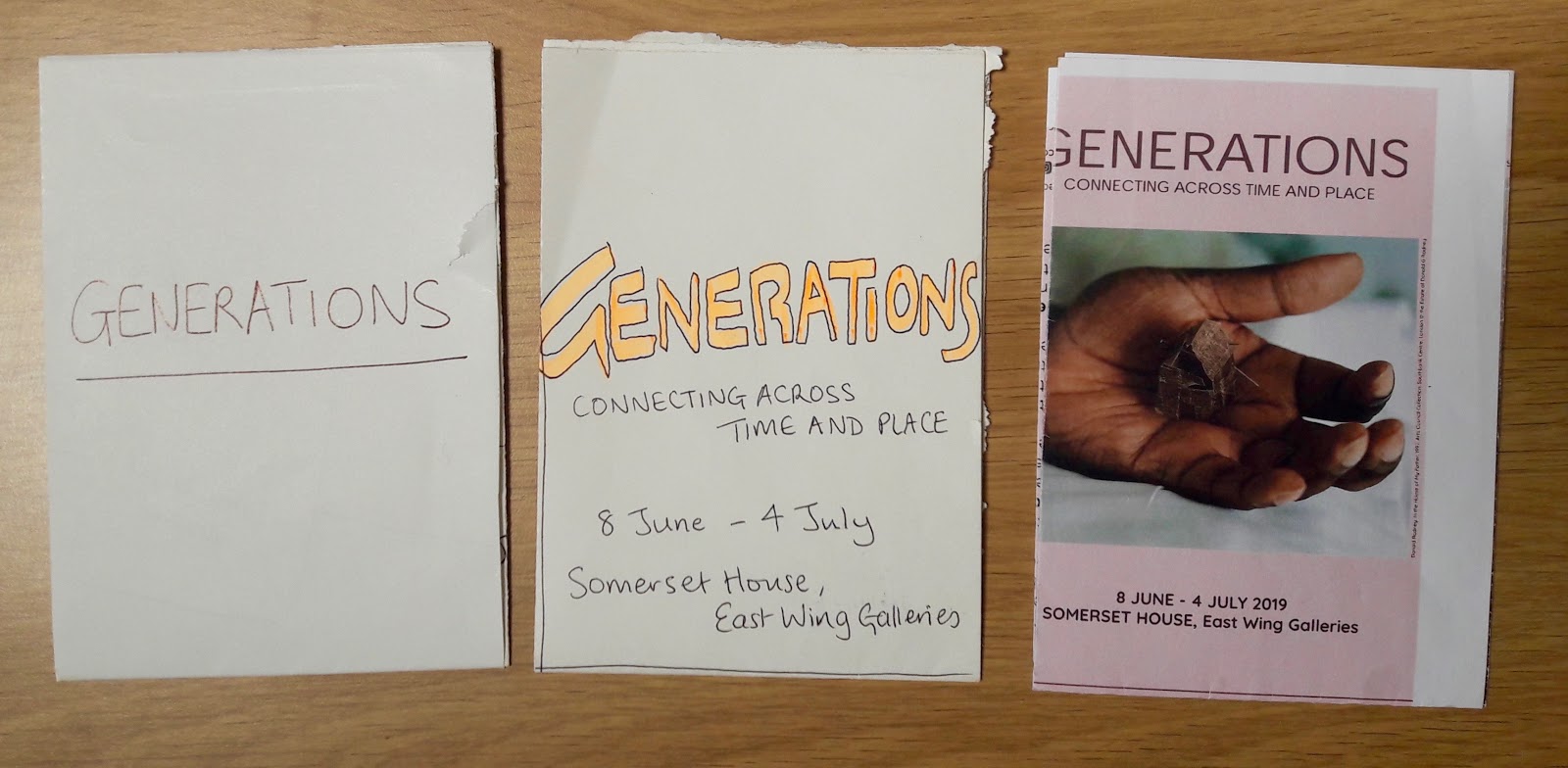GENERATIONS: Connecting Across Time and Place is over. The vinyl lettering has been peeled off the walls, the artworks have been packed up and sent back, the gallery door has been locked. Pulling apart something we’ve worked so hard to create felt really strange, but I have to remember that an art exhibition is transient by its very nature. That’s showbiz, baby.

Goodbye wall text
But GENERATIONS hasn’t disappeared completely: we’ve still got the memories (and the spare exhibition leaflets). Over the last month, the eleven of us each spent more than 40 hours in the gallery, working as invigilators and visitor-experience assistants for our exhibition. This gave us the opportunity to observe how the public responded to the show (and to tell them not to touch the paintings, please). It also reminded us that an exhibition only really comes alive when people are in it. After all, everything we’d done over the preceding few months – writing wall labels, working out which work to hang next to which, even making sure there were enough benches – was intended to make every visitor’s experience accessible, enjoyable and maybe even enlightening.
One woman watched Helen Cammock’s There’s a Hole in the Sky Part I video several times over and clapped at the end; one little girl sat on the floor in front of Appau Jnr Boakye Yiadom’s Plantain Drop, transfixed by the falling fruit; one family spent a long time in front of Hurvin Anderson’s Is it okay to be black?, the parents talking to their children about the American civil rights movement. These are just a few examples of the audience engagement I witnessed; perhaps quite ordinary moments, but extraordinarily exciting for one of the exhibition’s curators.
This audience engagement took tangible form through the exhibition’s ‘feedback’ wall, which asked people to write their response to the question, ‘How do you connect to other generations?’ I think this is one of the aspects of GENERATIONS of which we’re proudest – and for which we’re most grateful. Our visitors wrote some profound, funny, heart-breaking and truly beautiful comments about their family relationships, regrets about the past and hopes for future generations (have a look at some in the Your Voice tab). Visitors didn’t just take something away from the exhibition; they also left behind their own contribution.
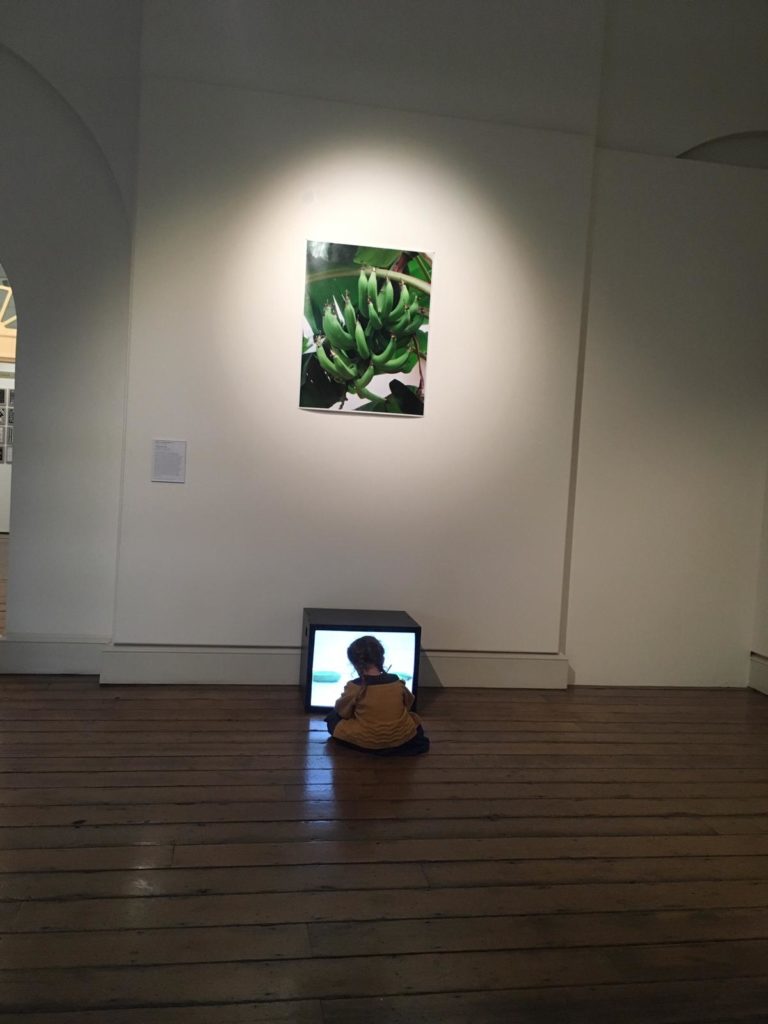
Transfixed
I think the last thing to say is thank you. Thank you to our course leader Martin, to our sponsor Christian, to so many members of the Courtauld staff, to the Arts Council Collection, to Somerset House and to everyone else who worked with us. Thank you to the visitors who made this a ‘real-life’ exhibition. And I’d also like to say thank you to my ten fellow students, who have shown themselves to be great curators and great friends.
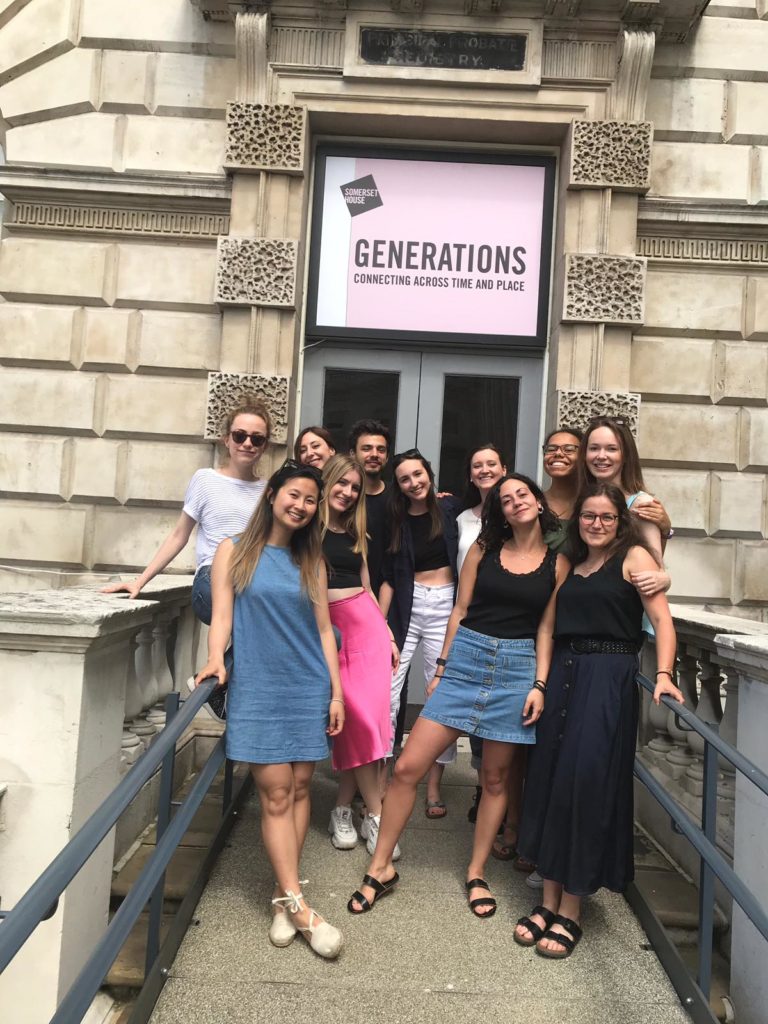

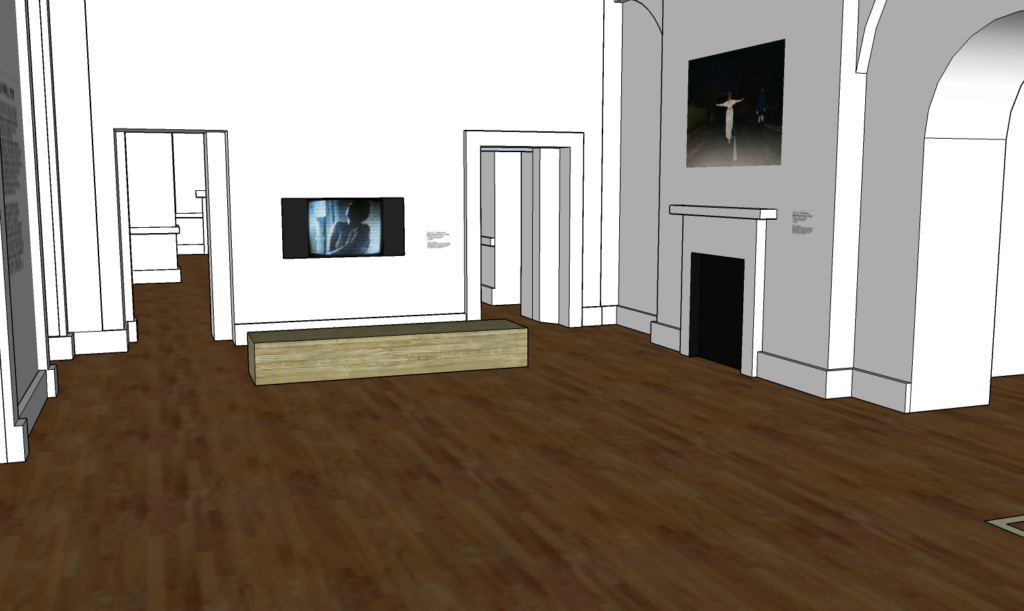
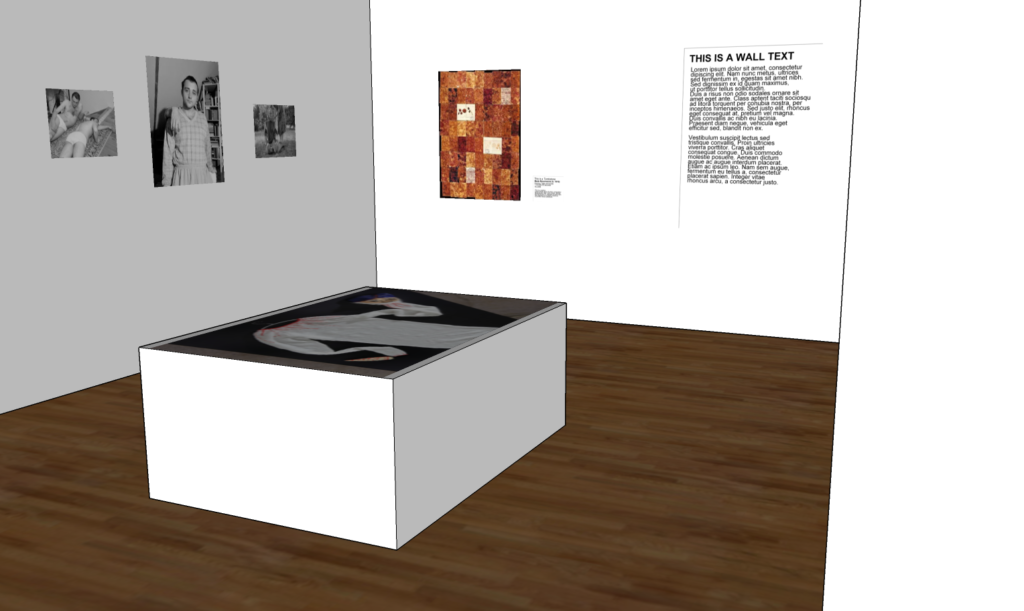
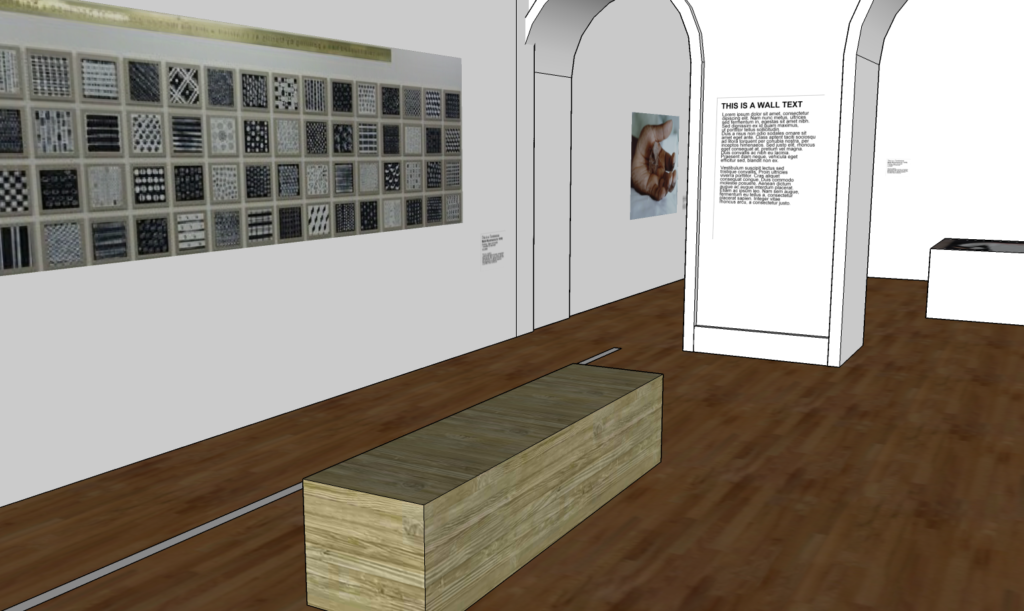






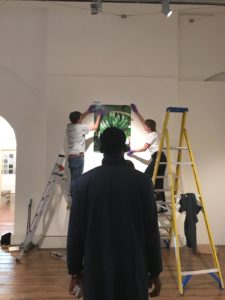
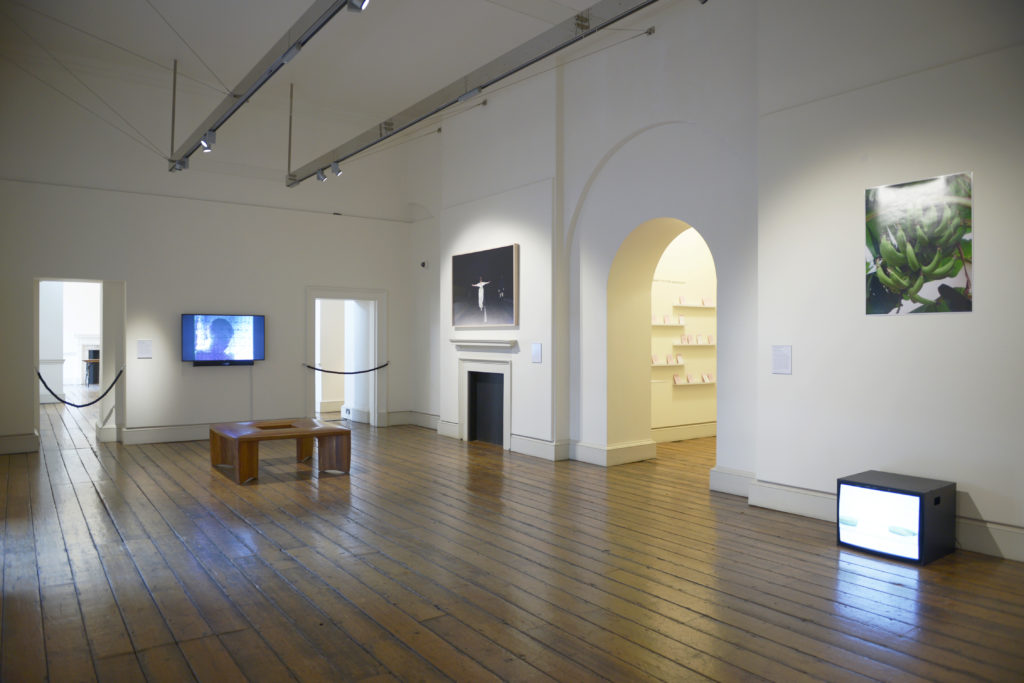
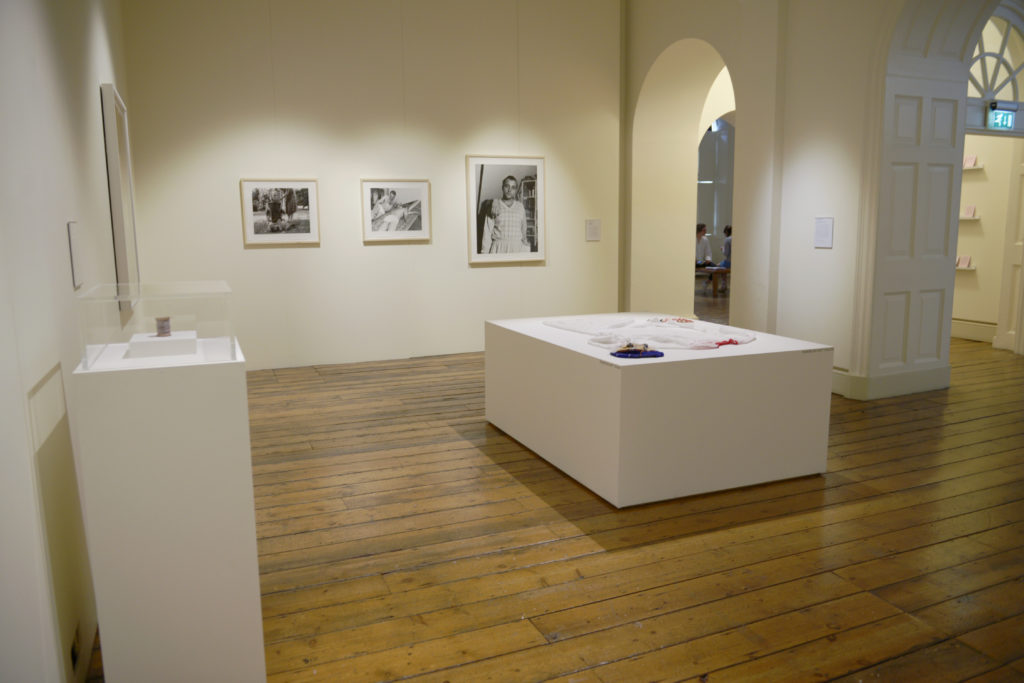
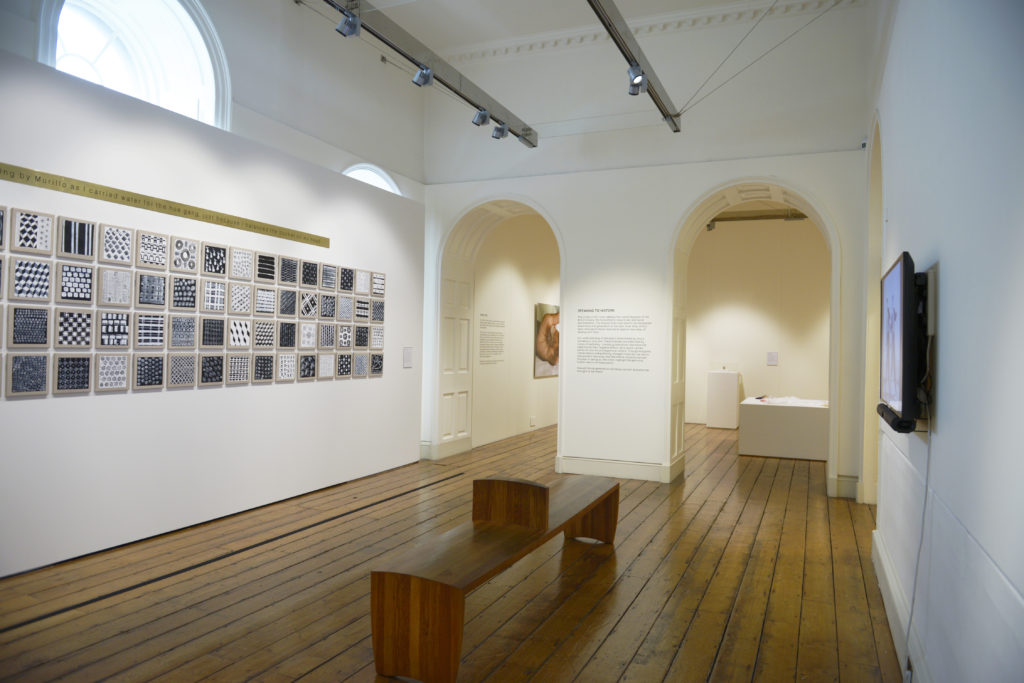
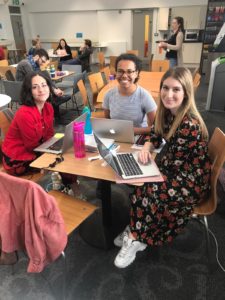
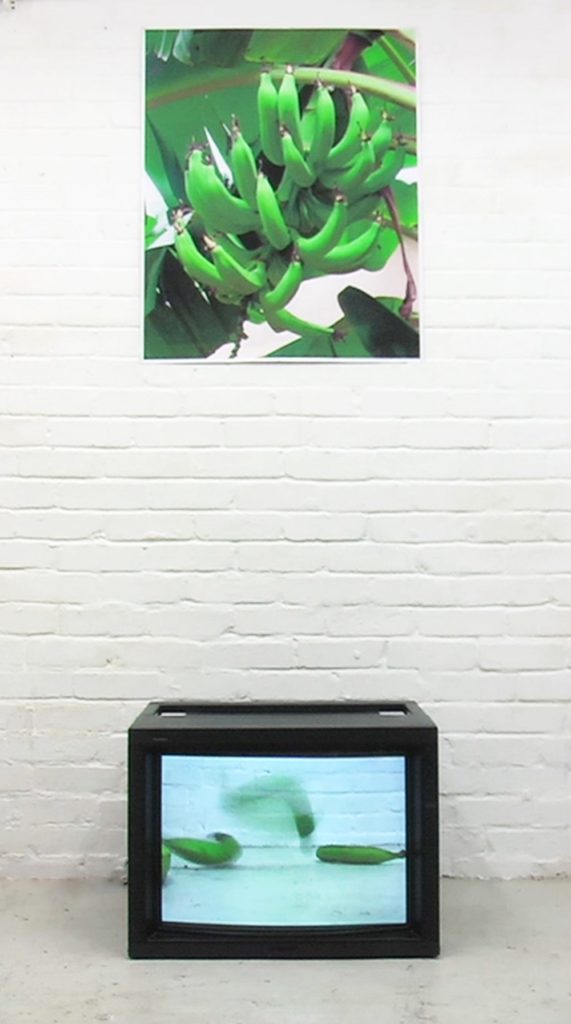 Appau Jnr Boakye-Yiadom, Plantain Drop, 2014. Arts Council Collection, Southbank Centre, London. © the artist
Appau Jnr Boakye-Yiadom, Plantain Drop, 2014. Arts Council Collection, Southbank Centre, London. © the artist